-
 Bitcoin
Bitcoin $96,681.8857
-0.36% -
 Ethereum
Ethereum $1,834.6107
-0.74% -
 Tether USDt
Tether USDt $1.0003
0.01% -
 XRP
XRP $2.2187
-0.24% -
 BNB
BNB $600.1228
-0.45% -
 Solana
Solana $148.9273
-1.27% -
 USDC
USDC $0.9999
0.00% -
 Dogecoin
Dogecoin $0.1816
-1.03% -
 Cardano
Cardano $0.6981
-2.26% -
 TRON
TRON $0.2489
1.77% -
 Sui
Sui $3.4083
-3.32% -
 Chainlink
Chainlink $14.5538
-2.49% -
 Avalanche
Avalanche $21.1537
-3.74% -
 Stellar
Stellar $0.2744
-0.91% -
 UNUS SED LEO
UNUS SED LEO $8.9292
-0.17% -
 Toncoin
Toncoin $3.1704
-2.21% -
 Shiba Inu
Shiba Inu $0.0...01337
-1.72% -
 Hedera
Hedera $0.1852
-1.39% -
 Bitcoin Cash
Bitcoin Cash $369.4893
-0.07% -
 Hyperliquid
Hyperliquid $20.6769
1.72% -
 Litecoin
Litecoin $87.6331
-2.54% -
 Polkadot
Polkadot $4.1296
-2.53% -
 Dai
Dai $0.9999
0.02% -
 Bitget Token
Bitget Token $4.4533
1.26% -
 Monero
Monero $277.5329
1.93% -
 Ethena USDe
Ethena USDe $1.0008
0.03% -
 Pi
Pi $0.5934
-1.12% -
 Pepe
Pepe $0.0...08582
-3.12% -
 Aptos
Aptos $5.4079
-2.58% -
 Uniswap
Uniswap $5.2085
-2.67%
How to install the central bank’s digital currency wallet
Understanding the concept of CBDC wallets is crucial for harnessing the benefits and maximizing the potential of digital fiat currency.
Jan 12, 2025 at 08:04 am
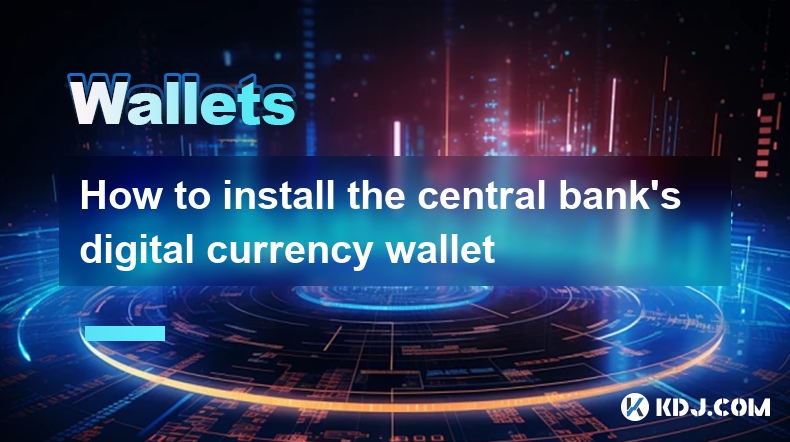
Key Points:
- Understanding the Concept of Central Bank Digital Currency (CBDC) Wallets
- Choosing the Right CBDC Wallet for Your Needs
- Step-by-Step Guide to Installing a CBDC Wallet
- Managing Your CBDC Wallet and Conducting Transactions
- Security Considerations and Best Practices for CBDC Wallets
- FAQs on CBDC Wallets
Understanding the Concept of CBDC Wallets
Central bank digital currencies (CBDCs) are digital versions of fiat currencies issued and regulated by central banks. CBDC wallets are digital storage solutions designed to hold, send, and receive CBDCs. These wallets facilitate the seamless use of CBDCs in electronic transactions, enabling individuals and businesses to make payments, store value, and access financial services.
Choosing the Right CBDC Wallet for Your Needs
Selecting the appropriate CBDC wallet is crucial to ensure ease of use, accessibility, and security. Consider the following factors when choosing a wallet:
- Issuer: Opt for a wallet offered by a reputable issuer, such as a central bank or a bank authorized by the central bank.
- Functionality: Determine the specific features and functionalities you require, such as transaction history, balance checking, and QR code support.
- Convenience: Choose a wallet that integrates seamlessly with your devices and provides a user-friendly interface.
- Security: Evaluate the wallet's security measures, including encryption, multi-factor authentication, and regulatory compliance.
Step-by-Step Guide to Installing a CBDC Wallet
- Download the Wallet App: Search for your chosen CBDC wallet app in the relevant app store (e.g., Apple App Store or Google Play).
- Create an Account: Register for an account within the app, providing the necessary personal information and identity verification.
- Set Up Security Features: Enable security features such as biometrics, passcodes, or multi-factor authentication to protect your wallet.
- Fund Your Wallet: Transfer funds into your CBDC wallet from your bank account or another electronic payment method.
Managing Your CBDC Wallet and Conducting Transactions
- Checking Balance: Regularly review your wallet's balance to track your CBDC holdings.
- Sending CBDCs: Initiate transactions by selecting the recipient's wallet address and entering the desired amount of CBDCs.
- Receiving CBDCs: Provide your wallet address to others to receive CBDCs.
- Managing Transactions: Track and monitor the status of your transactions within the wallet's interface.
Security Considerations and Best Practices for CBDC Wallets
- Store Recovery Key Safely: Create a strong and secure recovery key and store it offline or in a password manager.
- Avoid Phishing Scams: Be wary of emails or text messages requesting sensitive wallet information.
- Protect Device Security: Keep your devices updated with the latest security patches and software updates.
- Disable Unused Features: Limit the number of active features and disable those you don't require to minimize security risks.
FAQs on CBDC Wallets
Q: What are the benefits of using a CBDC wallet?
A: CBDC wallets offer enhanced security, convenience, and accessibility for using digital versions of fiat currencies. They facilitate seamless transactions, reduce transaction costs, and provide a digital alternative to physical cash.
Q: Are CBDC wallets regulated?
A: Yes, CBDC wallets are typically issued by central banks or regulated financial institutions, ensuring compliance with regulatory requirements and standards.
Q: Can I use a CBDC wallet to trade cryptocurrencies?
A: CBDC wallets are designed for holding and transacting only the CBDC issued by the central bank. They are not intended for trading cryptocurrencies.
Q: How do I report a lost or stolen CBDC wallet?
A: Contact the issuer of your CBDC wallet immediately to report any lost or stolen devices. They may be able to freeze your wallet or block transactions to protect your funds.
Q: What are the potential risks associated with using a CBDC wallet?
A: As with any digital wallet, using a CBDC wallet carries risks such as hacking, malware attacks, or losing access to your recovery key. Implementing strong security measures and following best practices is essential to mitigate these risks.
Disclaimer:info@kdj.com
The information provided is not trading advice. kdj.com does not assume any responsibility for any investments made based on the information provided in this article. Cryptocurrencies are highly volatile and it is highly recommended that you invest with caution after thorough research!
If you believe that the content used on this website infringes your copyright, please contact us immediately (info@kdj.com) and we will delete it promptly.
- The Ultimate List of Meme Coins Exploding in 2025: From Arctic Pablo to Mubarak
- 2025-05-03 10:15:29
- Bonk Hit Orbit, Were You Onboard? Now, Arctic Pablo Coin Is Tipped as the Next Top Meme Coin of 2025
- 2025-05-03 10:15:29
- Bitcoin (BTC) Prepares to Enter a New Bullish Phase As Market Structure Shifts
- 2025-05-03 10:13:50
- Ripple XRP Soars 5%, Cementing Its Position as the 4th Most Valuable Crypto Asset
- 2025-05-03 10:13:50
- David Marcus Predicts Bitcoin (BTC) Is on Track to Become a Major Player in Everyday Transactions
- 2025-05-03 10:01:50
- title: Stablecoin issuer Tether (USDT) is reportedly looking to return to the US with a new dollar-pegged digital asset.
- 2025-05-03 10:01:50
Related knowledge
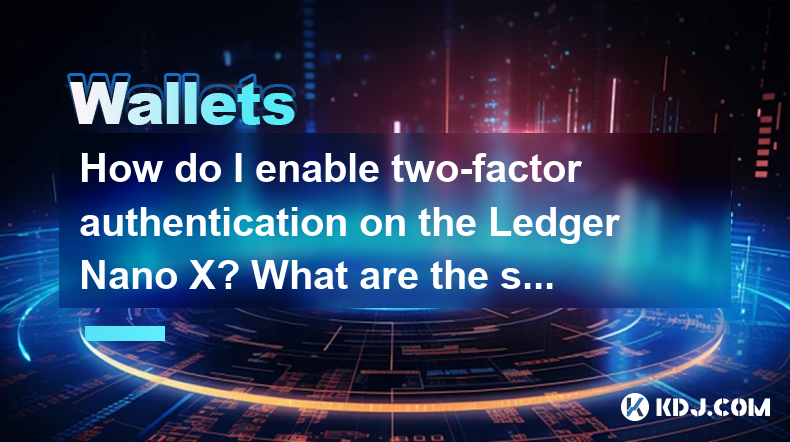
How do I enable two-factor authentication on the Ledger Nano X? What are the security options?
May 02,2025 at 09:49pm
Enabling two-factor authentication (2FA) on your Ledger Nano X is a critical step in securing your cryptocurrency assets. The Ledger Nano X offers robust security options that enhance the protection of your digital wealth. In this article, we will guide you through the process of enabling 2FA on your Ledger Nano X and explore the various security featur...
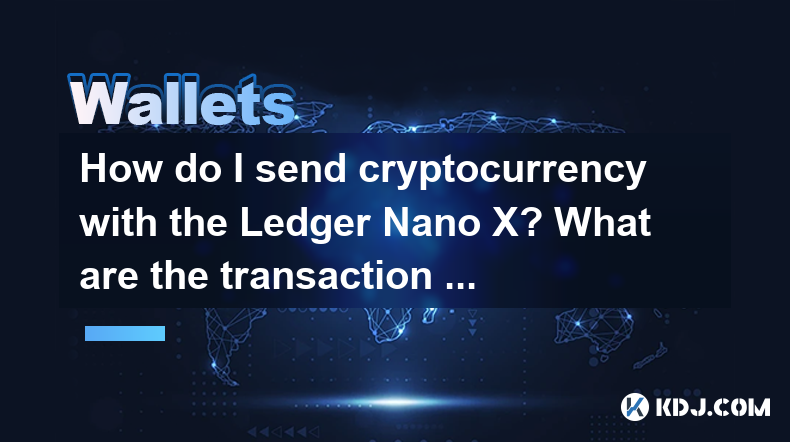
How do I send cryptocurrency with the Ledger Nano X? What are the transaction confirmation steps?
May 03,2025 at 05:01am
Sending cryptocurrency using the Ledger Nano X involves a series of steps that ensure the security and accuracy of your transactions. This process is designed to be user-friendly while maintaining the high level of security that Ledger devices are known for. In this article, we will guide you through the process of sending cryptocurrency with the Ledger...
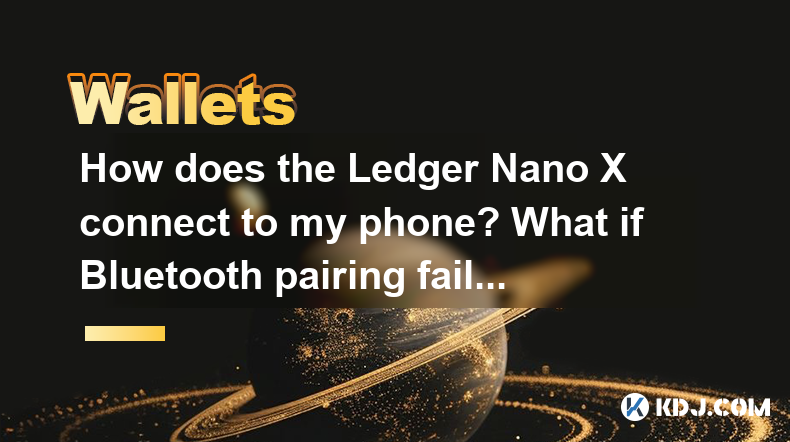
How does the Ledger Nano X connect to my phone? What if Bluetooth pairing fails?
May 02,2025 at 07:07pm
The Ledger Nano X is a popular hardware wallet designed to securely store your cryptocurrency. One of its key features is the ability to connect to your smartphone via Bluetooth, allowing for a seamless and convenient user experience. In this article, we will explore how to connect your Ledger Nano X to your phone and what to do if Bluetooth pairing fai...

How do I update the Ledger Nano X firmware? What if the update fails?
May 02,2025 at 06:00am
Updating the firmware of your Ledger Nano X is an essential process to ensure that your device remains secure and fully functional. The Ledger Nano X is a popular hardware wallet used for storing various cryptocurrencies safely. In this article, we will guide you through the step-by-step process of updating the firmware, and we will also address what to...
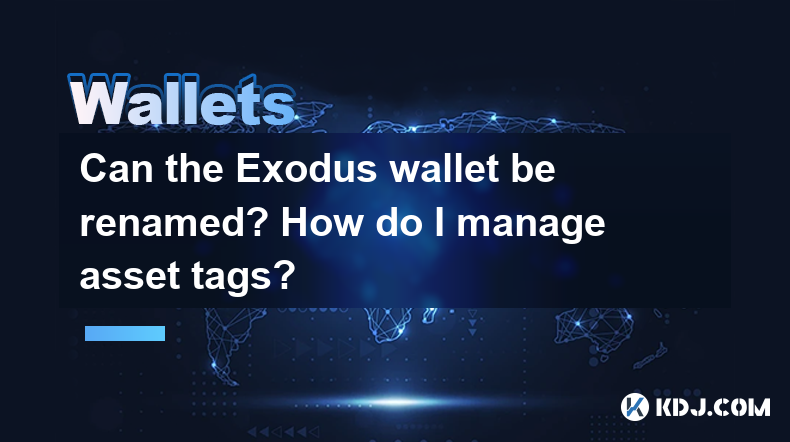
Can the Exodus wallet be renamed? How do I manage asset tags?
May 02,2025 at 11:49pm
Can the Exodus Wallet Be Renamed?Exodus wallet, a popular choice among cryptocurrency enthusiasts, offers a user-friendly interface and robust security features. One of the frequently asked questions by its users is whether the wallet can be renamed. The answer is yes, you can rename your Exodus wallet. This feature allows users to personalize their wal...
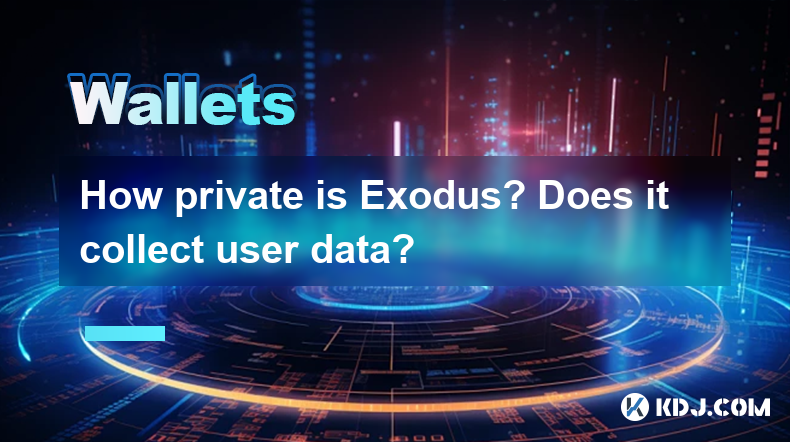
How private is Exodus? Does it collect user data?
May 03,2025 at 01:49am
How Private is Exodus? Does it Collect User Data? Exodus is a popular cryptocurrency wallet that prides itself on its user-friendly interface and robust features. However, when it comes to privacy and data collection, many users are curious about how private Exodus really is and whether it collects user data. In this article, we will delve into the priv...

How do I enable two-factor authentication on the Ledger Nano X? What are the security options?
May 02,2025 at 09:49pm
Enabling two-factor authentication (2FA) on your Ledger Nano X is a critical step in securing your cryptocurrency assets. The Ledger Nano X offers robust security options that enhance the protection of your digital wealth. In this article, we will guide you through the process of enabling 2FA on your Ledger Nano X and explore the various security featur...

How do I send cryptocurrency with the Ledger Nano X? What are the transaction confirmation steps?
May 03,2025 at 05:01am
Sending cryptocurrency using the Ledger Nano X involves a series of steps that ensure the security and accuracy of your transactions. This process is designed to be user-friendly while maintaining the high level of security that Ledger devices are known for. In this article, we will guide you through the process of sending cryptocurrency with the Ledger...

How does the Ledger Nano X connect to my phone? What if Bluetooth pairing fails?
May 02,2025 at 07:07pm
The Ledger Nano X is a popular hardware wallet designed to securely store your cryptocurrency. One of its key features is the ability to connect to your smartphone via Bluetooth, allowing for a seamless and convenient user experience. In this article, we will explore how to connect your Ledger Nano X to your phone and what to do if Bluetooth pairing fai...

How do I update the Ledger Nano X firmware? What if the update fails?
May 02,2025 at 06:00am
Updating the firmware of your Ledger Nano X is an essential process to ensure that your device remains secure and fully functional. The Ledger Nano X is a popular hardware wallet used for storing various cryptocurrencies safely. In this article, we will guide you through the step-by-step process of updating the firmware, and we will also address what to...

Can the Exodus wallet be renamed? How do I manage asset tags?
May 02,2025 at 11:49pm
Can the Exodus Wallet Be Renamed?Exodus wallet, a popular choice among cryptocurrency enthusiasts, offers a user-friendly interface and robust security features. One of the frequently asked questions by its users is whether the wallet can be renamed. The answer is yes, you can rename your Exodus wallet. This feature allows users to personalize their wal...

How private is Exodus? Does it collect user data?
May 03,2025 at 01:49am
How Private is Exodus? Does it Collect User Data? Exodus is a popular cryptocurrency wallet that prides itself on its user-friendly interface and robust features. However, when it comes to privacy and data collection, many users are curious about how private Exodus really is and whether it collects user data. In this article, we will delve into the priv...
See all articles





















































































